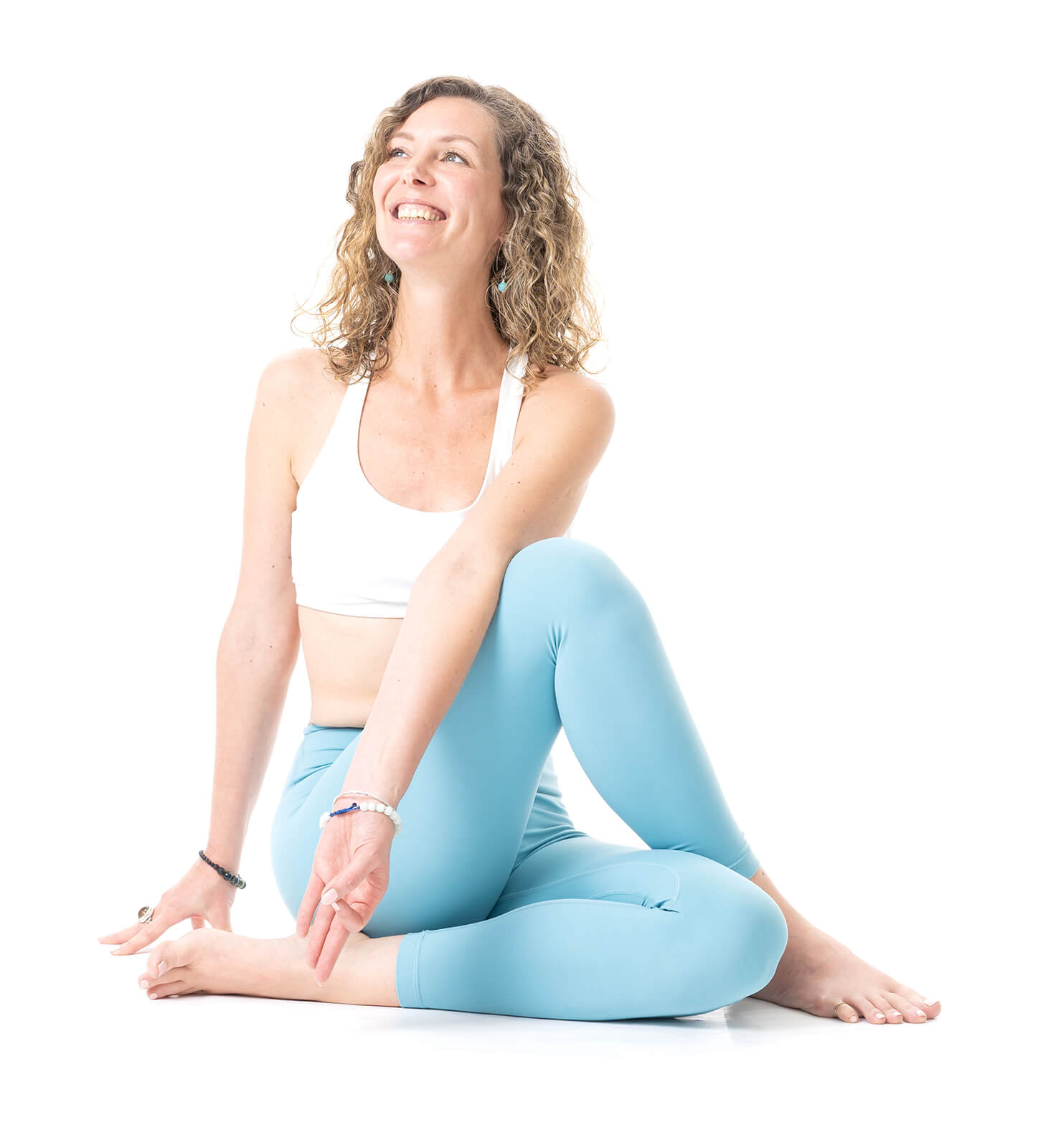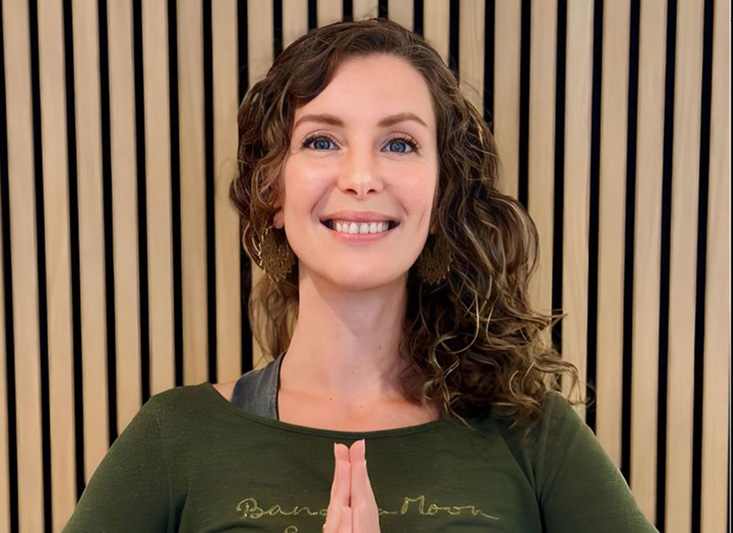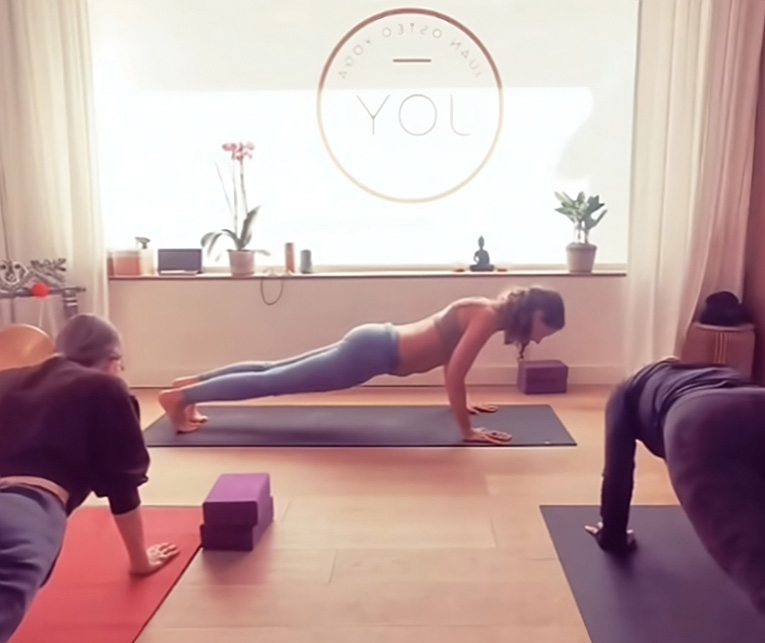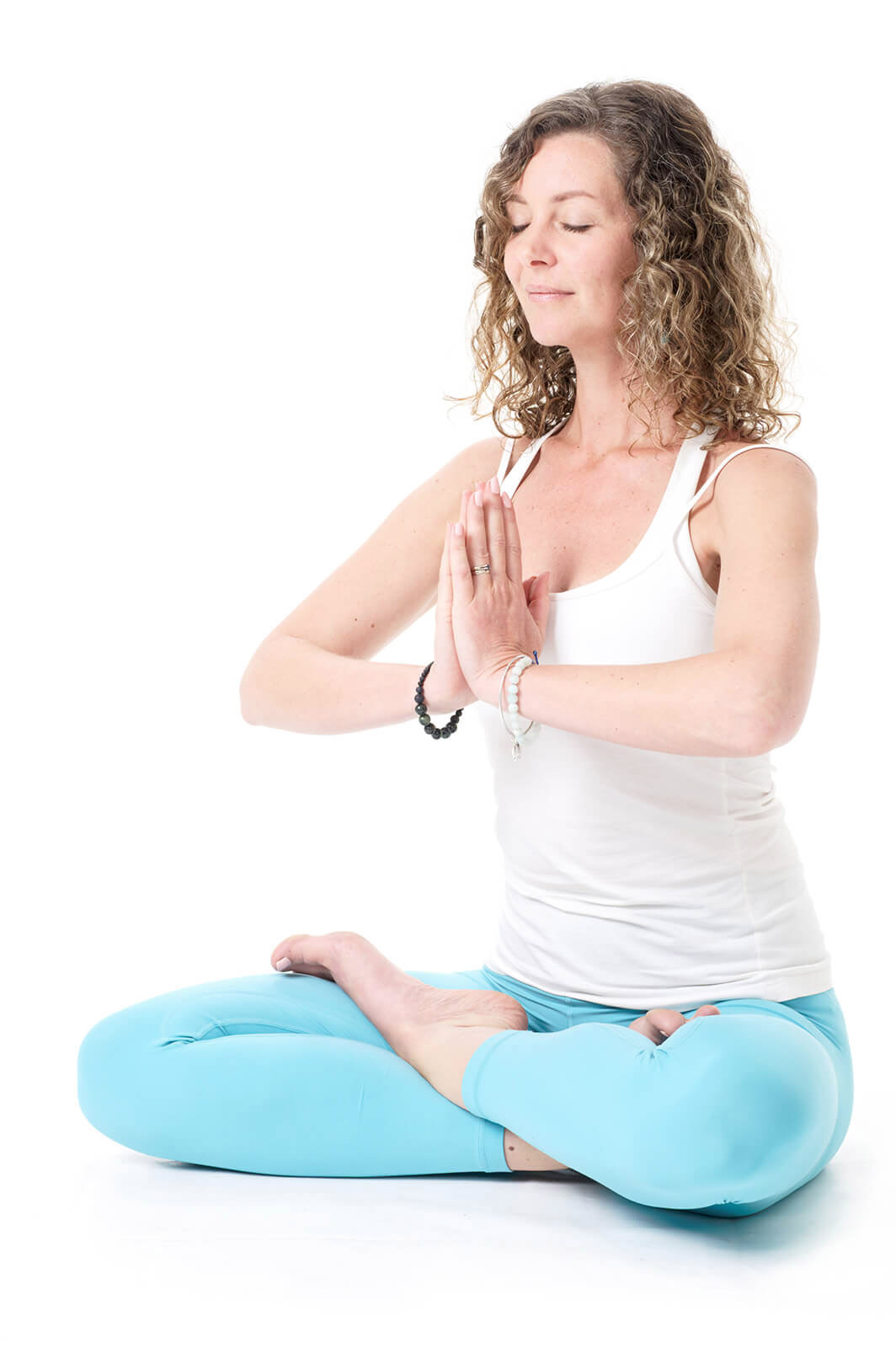Definition of Hatha Yoga
Hatha Yoga is a branch of yoga that emphasizes physical postures (asanas), breathing techniques (pranayama), and meditation (dhyana). The word "Hatha" is derived from Sanskrit, where "Ha" represents the sun and "Tha" represents the moon, symbolizing the union of opposing energies within the body - the active and receptive, masculine and feminine, light and dark.
Origins of Hatha Yoga
The origins of Hatha Yoga can be traced back to ancient Hindu texts, particularly the "Hatha Yoga Pradipika" written by Swami Swatmarama in the 15th century CE. However, its roots extend much deeper into Indian history. The text systematically presents the fundamental principles of Hatha Yoga, including purification practices (shatkarmas), postures (asanas), breath control (pranayama), energy locks (bandhas), and meditation techniques.
The Ascetic Tradition
Hatha Yoga emerged from the ascetic traditions of ancient India, particularly among the Nath yogis. These practitioners were known for their austere lifestyle and rigorous physical practices aimed at purifying the body and mind. They developed many of the techniques still used in modern Hatha Yoga, believing that mastery of the physical body was essential for spiritual advancement.
From East to West
The journey of Hatha Yoga from India to the West began in the late 19th century, with influential teachers like Swami Vivekananda introducing yoga philosophy to Western audiences. The physical practices of Hatha Yoga gained significant popularity in the West during the 20th century, particularly through the work of teachers like T. Krishnamacharya and his students, including B.K.S. Iyengar and K. Pattabhi Jois.
The Evolution of Hatha Yoga
While maintaining its core principles, Hatha Yoga has evolved significantly over the centuries. Modern practice often incorporates contemporary understanding of anatomy, biomechanics, and exercise science, while still honoring traditional philosophical and spiritual aspects. This evolution has led to various styles and approaches, from gentle therapeutic applications to more vigorous physical practices.
How Old is Hatha Yoga?
While the systematic practice of Hatha Yoga as we know it today was codified around the 15th century CE, its foundational elements appear in much older texts. References to yogic practices can be found in the Upanishads (circa 800-500 BCE) and even earlier texts. Archaeological evidence, including seals from the Indus Valley Civilization (3300-1300 BCE), suggests that some form of yogic practice existed in ancient India thousands of years ago.
The Primary Postures
Traditional Hatha Yoga includes several key categories of postures:
- Standing Poses: Including Mountain Pose (Tadasana), Tree Pose (Vrksasana), and Triangle Pose (Trikonasana), which build strength, improve balance, and create a strong foundation.
- Seated Poses: Such as Lotus Pose (Padmasana) and Easy Pose (Sukhasana), which are essential for meditation and pranayama practices.
- Forward Bends: Like Seated Forward Bend (Paschimottanasana), which calm the nervous system and stretch the posterior chain.
- Backbends: Including Cobra Pose (Bhujangasana) and Bridge Pose (Setu Bandha Sarvangasana), which open the heart and strengthen the spine.
- Inversions: Such as Shoulder Stand (Sarvangasana) and Headstand (Sirsasana), considered some of the most powerful poses in Hatha Yoga.
- Twists: Like Seated Spinal Twist (Ardha Matsyendrasana), which cleanse and rejuvenate the internal organs.
Définition du Hatha Yoga
Le Hatha Yoga est une branche du yoga qui met l'accent sur les postures physiques (asanas), les techniques de respiration (pranayama) et la méditation (dhyana). Le mot "Hatha" vient du sanskrit, où "Ha" représente le soleil et "Tha" représente la lune, symbolisant l'union des énergies opposées dans le corps - l'actif et le réceptif, le masculin et le féminin, la lumière et l'obscurité.
Origines du Hatha Yoga
Les origines du Hatha Yoga remontent aux textes hindous anciens, particulièrement le "Hatha Yoga Pradipika" écrit par Swami Swatmarama au XVe siècle. Cependant, ses racines s'étendent beaucoup plus profondément dans l'histoire indienne. Le texte présente systématiquement les principes fondamentaux du Hatha Yoga, y compris les pratiques de purification (shatkarmas), les postures (asanas), le contrôle du souffle (pranayama), les verrous énergétiques (bandhas) et les techniques de méditation.
La Tradition Ascétique
Le Hatha Yoga est issu des traditions ascétiques de l'Inde ancienne, particulièrement parmi les yogis Nath. Ces pratiquants étaient connus pour leur mode de vie austère et leurs pratiques physiques rigoureuses visant à purifier le corps et l'esprit. Ils ont développé de nombreuses techniques encore utilisées dans le Hatha Yoga moderne, croyant que la maîtrise du corps physique était essentielle pour l'avancement spirituel.
De l'Est à l'Ouest
Le voyage du Hatha Yoga de l'Inde vers l'Ouest a commencé à la fin du XIXe siècle, avec des enseignants influents comme Swami Vivekananda introduisant la philosophie du yoga aux audiences occidentales. Les pratiques physiques du Hatha Yoga ont gagné une popularité significative en Occident au cours du XXe siècle, particulièrement grâce au travail d'enseignants comme T. Krishnamacharya et ses élèves, notamment B.K.S. Iyengar et K. Pattabhi Jois.
L'Évolution du Hatha Yoga
Tout en maintenant ses principes fondamentaux, le Hatha Yoga a considérablement évolué au fil des siècles. La pratique moderne intègre souvent une compréhension contemporaine de l'anatomie, de la biomécanique et de la science de l'exercice, tout en honorant les aspects philosophiques et spirituels traditionnels. Cette évolution a conduit à diverses styles et approches, des applications thérapeutiques douces aux pratiques physiques plus vigoureuses.
Quel Âge a le Hatha Yoga?
Bien que la pratique systématique du Hatha Yoga telle que nous la connaissons aujourd'hui ait été codifiée vers le XVe siècle, ses éléments fondamentaux apparaissent dans des textes beaucoup plus anciens. Des références aux pratiques yogiques se trouvent dans les Upanishads (environ 800-500 av. J.-C.) et même dans des textes antérieurs. Des preuves archéologiques, notamment des sceaux de la civilisation de la vallée de l'Indus (3300-1300 av. J.-C.), suggèrent qu'une forme de pratique yogique existait dans l'Inde ancienne il y a des milliers d'années.
Les Postures Principales
Le Hatha Yoga traditionnel comprend plusieurs catégories clés de postures:
- Postures Debout: Incluant la Posture de la Montagne (Tadasana), la Posture de l'Arbre (Vrksasana) et la Posture du Triangle (Trikonasana), qui développent la force, améliorent l'équilibre et créent une base solide.
- Postures Assises: Comme la Posture du Lotus (Padmasana) et la Posture Facile (Sukhasana), essentielles pour la méditation et les pratiques de pranayama.
- Flexions Avant: Comme la Flexion Avant Assise (Paschimottanasana), qui calment le système nerveux et étirent la chaîne postérieure.
- Flexions Arrière: Incluant la Posture du Cobra (Bhujangasana) et la Posture du Pont (Setu Bandha Sarvangasana), qui ouvrent le cœur et renforcent la colonne vertébrale.
- Inversions: Comme la Posture sur les Épaules (Sarvangasana) et le Poirier (Sirsasana), considérées comme certaines des postures les plus puissantes du Hatha Yoga.
- Torsions: Comme la Torsion Assise (Ardha Matsyendrasana), qui purifient et rajeunissent les organes internes.



